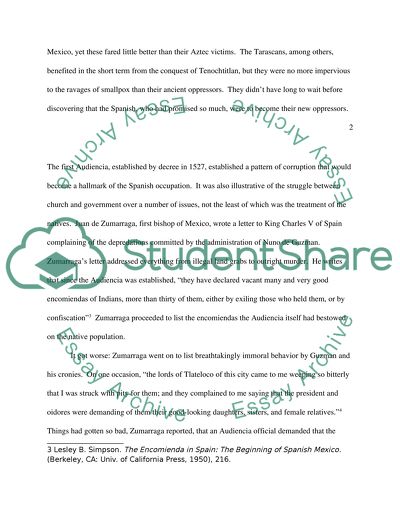Cite this document
(“Mexican History Term Paper Example | Topics and Well Written Essays - 2000 words”, n.d.)
Retrieved from https://studentshare.org/environmental-studies/1424705-mexican-history
Retrieved from https://studentshare.org/environmental-studies/1424705-mexican-history
(Mexican History Term Paper Example | Topics and Well Written Essays - 2000 Words)
https://studentshare.org/environmental-studies/1424705-mexican-history.
https://studentshare.org/environmental-studies/1424705-mexican-history.
“Mexican History Term Paper Example | Topics and Well Written Essays - 2000 Words”, n.d. https://studentshare.org/environmental-studies/1424705-mexican-history.


